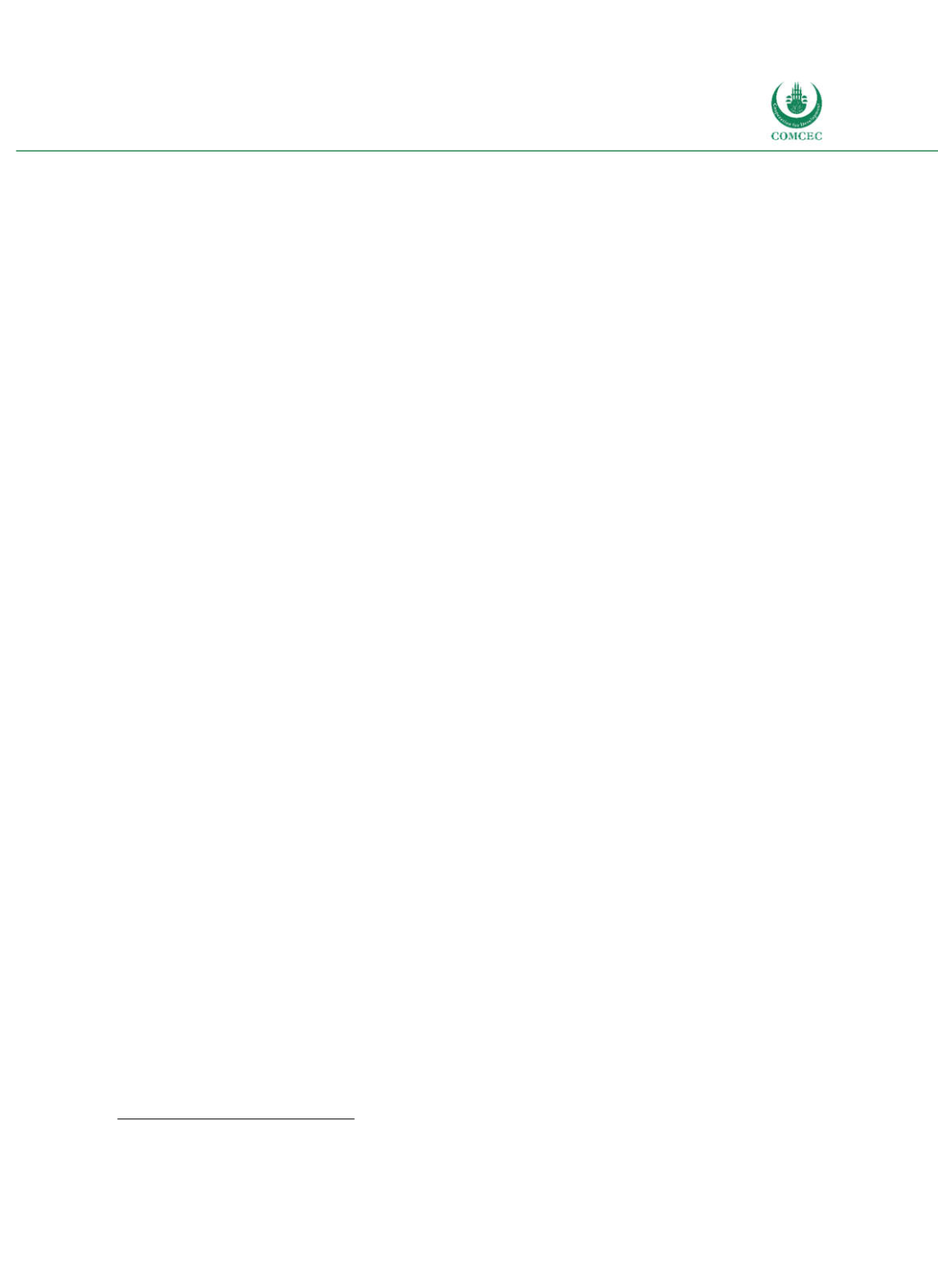

Improving Public Debt Management
In the OIC Member Countries
113
4.1.7
The Federal Republic of Nigeria
A) Public Debt Dynamics
General Government Debt of the Federal Republic of Nigeria has been relatively low compared
to other OIC countries, fluctuating between 9.6% of GDP in 2009 and 11.5% of GDP in 2015.
The oil price decline since 2014 has given rise to an increase in net borrowing and for 2017 a
debt ratio of about 14% is expected (see Figure 419).
23
Since oil and other resources are
mainly traded in U.S. Dollar, Nigeria also depends heavily on the U.S. Dollar. Even if oil prices
will recover, the latest events show the need for economic diversification, e.g. in the
agriculture and energy sector. Even though the country is a leading crude oil exporter, it has to
import petrol because of a lack of refineries. One obstacle for investments has been the fixed
foreign exchange rate, which was implemented in 2015. Until June 2016 the central bank
pegged the currency at 198 Naira/U.S. Dollar to promote nonoil industries. Although being
still controlled by the Nigerian central bank, the Naira fluctuated, however, in the last months
(Mitchell 2016).
Although Nigeria has relatively low general government debt, the interest payments to
revenue ratio has increased to about 32%. To ensure mediumterm debt sustainability, the
Nigerian government needs a fiscal adjustment of 3% of GDP. This task has become more
challenging since the country has slipped into recession. The central bank reacted by reducing
the domestic real interest rates, but the overall primary balance lies at ˗1% of GDP. The
Nigerian government has already made efforts for fiscal consolidation, but it should go further
(IMF 2016, Patience 2016).
23
The oil and gas sector accounts for about 35% of GDP and over 90% of export revenue (OPEC 2016).
















